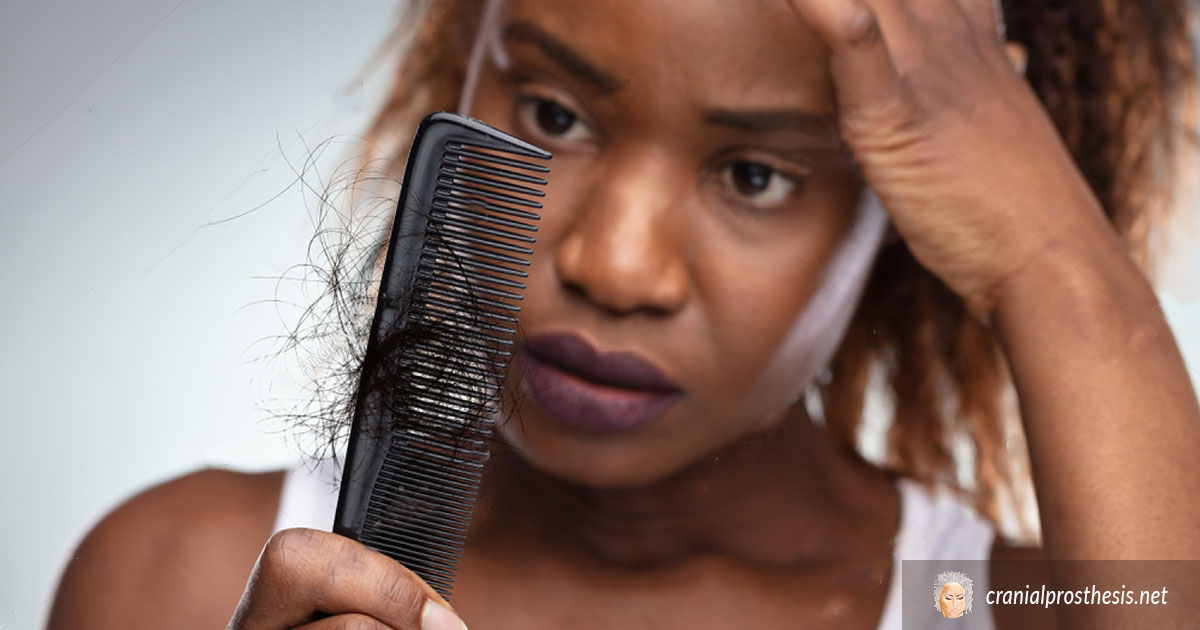
The relationship between testosterone and hair loss is involved. It’s thought that bald men have high levels of testosterone, but is this really true?
Male pattern baldness, or androgenic alopecia, affects an estimated 50 million men and 30 million women in the United States.
Hair loss is due to the shrinkage of hair follicles and the resulting impact on the growth cycle. New hairs become finer and finer until there’s no hair left at all and the follicles become dormant. This hair loss is caused by hormones and certain genes.
Testosterone exists in your body in different forms. There’s “free” testosterone that isn’t bound to proteins in your body. This is the form of testosterone most available to act within the body.
Testosterone can also be bound to albumin, a protein in the blood. Most testosterone is bound to sex hormone-binding globulin (SHBG) protein and isn’t active. If you have a low level of SHBG, you may have a high level of free testosterone in your bloodstream.
Dihydrotestosterone (DHT) is made from testosterone by an enzyme. DHT is five times more potent than testosterone. DHT is primarily used by the body in the prostate, skin, and hair follicles.
It’s not the amount of testosterone or DHT that causes baldness; it’s the sensitivity of your hair follicles. That sensitivity is determined by genetics. The AR gene makes the receptor on hair follicles that interact with testosterone and DHT. If your receptors are particularly sensitive, they are more easily triggered by even small amounts of DHT. So, hair loss occurs more easily as a result. Other genes may also play a part.
Age, stress, and other factors can influence whether you experience hair loss. But genes play a significant role. And, men who have close male relatives with male pattern baldness (MPB) have a much higher risk of developing MPB themselves.
Women may also experience hair loss due to androgenetic alopecia. Although women have much lower levels of testosterone than men do, there is enough to potentially cause androgenetic hair loss.
Women experience a different pattern of hair loss. Thinning occurs over the top of the scalp in a “Christmas tree” pattern. But, the front hairline doesn’t recede. Female pattern hair loss (FPHL) is also due to the actions of DHT on hair follicles.
You may also enjoy reading: 6 Mask Ingredients For Damaged, Dry Hair









